Associations between environmental cues and food are responsible for shaping foraging behaviors in the animal world.
Are plants also able to acquire learned associations to guide their foraging behavior?
While this may sound stranger than fiction, Monica Gagliano, an Australian evolutionary ecologist, and her colleagues found that plants acquire new behaviors to enhance foraging efficiency for light through the learning process of habituation [1], and thus to facilitate photosynthesis and growth. However, it remained unknown whether plants can also learn through forming associations [2].
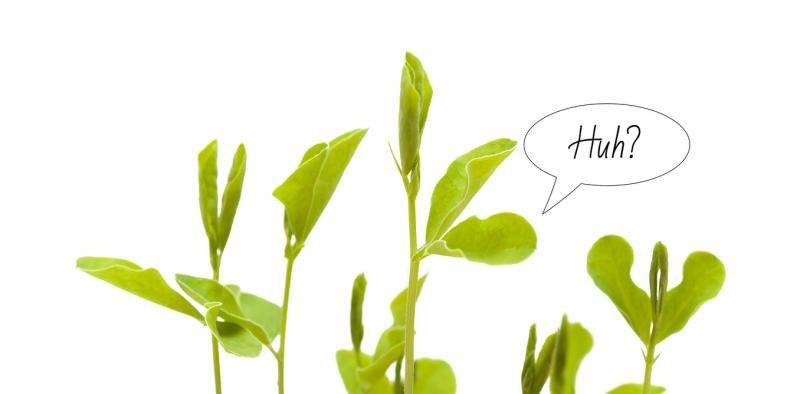
After being rejected by a couple of journals, the international research team led by Monica Gagliano, from the University of Western Australia (Centre for Evolutionary Biology), in collaboration with researchers from the Universities of Oxford and Zurich, set out to prove plants were capable of associative learning. In a recently published paper in Nature Scientific Reports: Learning by Association in Plants, they show that this type of learning occurs in the garden pea, Pisum sativum.
How did they test it?
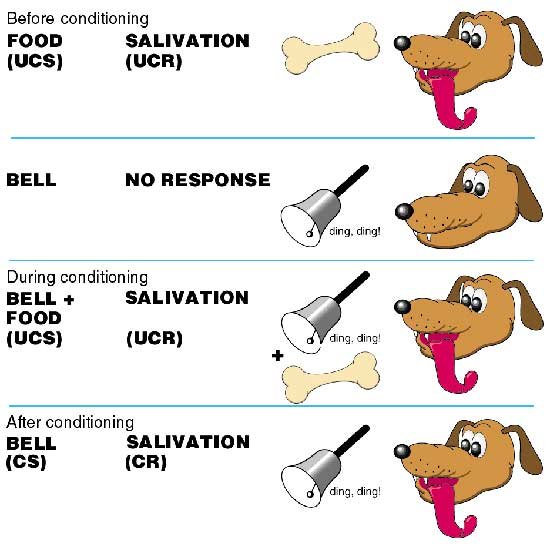 Figure 2 - Pavlov's dog experience Source: http://www.simplypsychology.org/pavlov.html
Figure 2 - Pavlov's dog experience Source: http://www.simplypsychology.org/pavlov.html Well, they used a classical conditioning, similar to the classic Pavlov's dog experiment.
While Pavlov demonstrated the existence of unconditioned response by presenting a dog with a bowl of meat (reward) and a bell (neutral cue), by measuring its salivary secretions, Gagliano and co-authors used light as a reward and airflow as the cue, by measuring the plants growth.
Forty-five pea seedlings (n=45) were entrained to an 8-h ligh/16-h dark cycle for 5–8 days. In the 3 subsequent day training period, they were kept in darkness with the exception of 1-hour light exposures during the three daily training sessions. The trains occurred
individually inside a Y-maze, where the airflow produced by a fan (cue as the Conditional Stimulus) and a blue LED light (reward as the Unconditional Stimulus) were systematically presented according to a specific protocol [2].
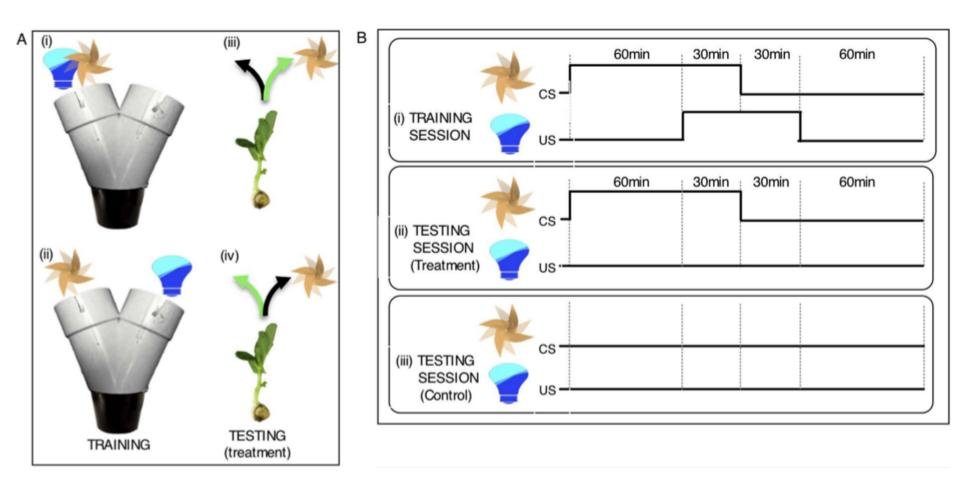
(A) During training seedlings were exposed to the fan and light on either the same arm (i) or on the opposite arm (ii) of the Y-maze. The fan represents the conditioned stimulus (CS), and light the unconditioned stimulus (US). During testing with exposure to the fan alone two categories of responses were distinguished. Correct response: Seedlings growing into the arm of the maze where the light was “predicted” by the fan to occur [green arrow; iii (corresponding to scenario i) and iv (corresponding to scenario ii)]; Incorrect response: Seedlings growing into the arm of the maze where the light was not “predicted” by the fan to occur (black arrow; iii and iv). (B) Seedlings received training for three consecutive days before testing. Each training day consisted of three 2-h training sessions separated by 1-h intervals. The 90-min CS preceded the 60-min US by 60 minutes so that there was a 30-min overlap. (i). During the 1-day testing session, seedlings were exposed to the fan alone for three 90-min sessions (ii). Seedlings of the control group were left undisturbed (no fan, no light; iii).
The results showed the seedlings were able to learn and choose the best growth direction for survival. Trained plants conditioned by the fan would grow towards the source of the airflow even when the light was not present, by other words, they were able to correctly predict the occurrence of light once it was removed.
Gagliano has shown with this experience that plants don't just respond to light and food in order to survive, they also choose and predict!!
They conclude that associative learning is an essential component of plant behavior, representing a universal adaptive mechanism shared by both animals and plants.
Because our findings are unexpected, we anticipate that this study will stir a lively and exciting debate on the origin and properties of memory, learning and ultimately intelligent behavior in biological systems (Monica Gagliano)
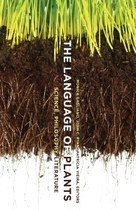
A fresh new book has been recently published and it explores the idea that plants can think, feel, and communicate. Reuniting the latest developments in evolutionary ecology, the philosophy of biology and ecocritical theory, The Language of Plants promotes the freedom of imagination necessary to reconsider our relation to the vegetal world.
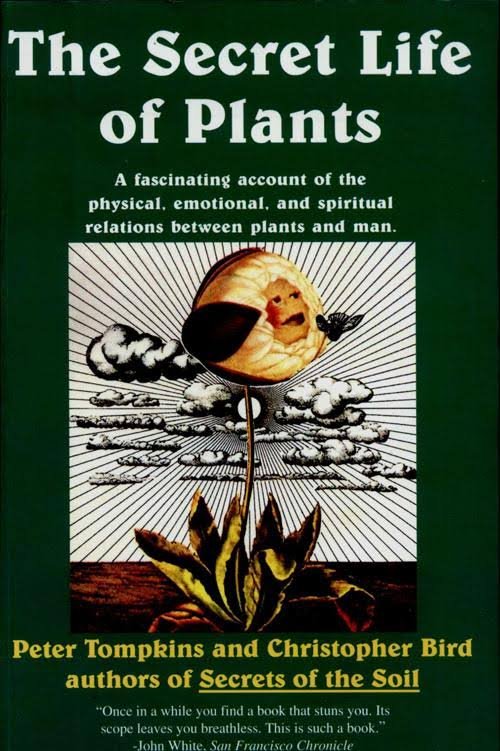
But these weren't the first approaches to the subject...
In 1973, Peter Tompkins and Christopher Bird claimed in The Secret Life of Plants that plants were sentient beings that feel emotions and prefer classical to rock and roll music [3].
(...) plants are living, breathing, communicating creatures, endowed with personality and the attributes of the soul. It is only we, in our blindness, who have insisted on considering them automata. Most extraordinary, it now appears that plants may be ready, willing, and able to cooperate with humanity in the Herculean job of turning this planet back into a garden (...)
At the time, the research and subsequent book were heavily criticized by scientists for
promoting absurd pseudoscientific claims.
In time the effects of this book will fade away — you can't fool too many people for too long a time. Meanwhile, some plant lovers will croon to their cattleyas and murmur to their mimosas (Mimosa pudica). This may comfort the vocalizers, but it won't do a thing for the plants . . . unless Tompkins and Bird have more hard evidence than they have yet shared with us [4].
For many years plant sentience was considered a joke in the field of plant biology, until these last findings by Monica Gagliano's team.
This is mimosa (Acacia dealbata) I didn't murmur to it, but probably touched it leading to the close of its leaf branchlets!
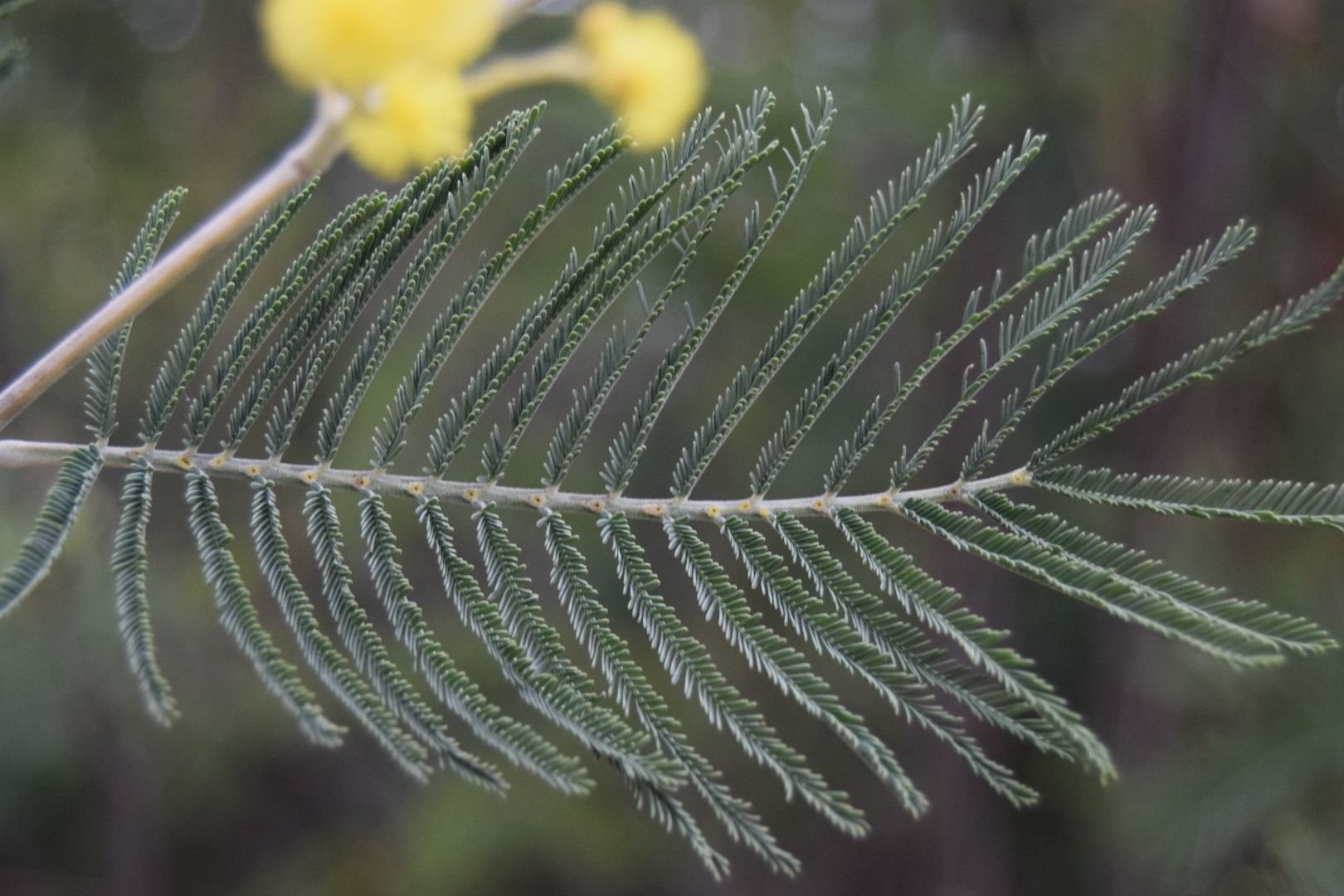
Liliana Duarte| 2016
References
[1] - Gagliano M, Renton M, Depczynski M, Mancuso S (2014) Experience teaches plants to learn faster and forget slower in environments where it matters. Oecologia 175, 63–72 DOI: 10.1007/s00442-013-2873-7
[2] - Gagliano M, Vyazovskiy VV, Borbély A, Grimonprez M, Depczynski M (2016) Learning by Association in Plants. Scientific Reports 6:38427 | DOI: 10.1038/srep38427
[3] - Tompkins P, Bird C (1973) The Secret Life of Plants. New York: Harper & Row.
[4] - Galston, Arthur (1974) The Unscientific Method. Natural History 83: 18-24.

BADGES Courtesy of @elyaque
